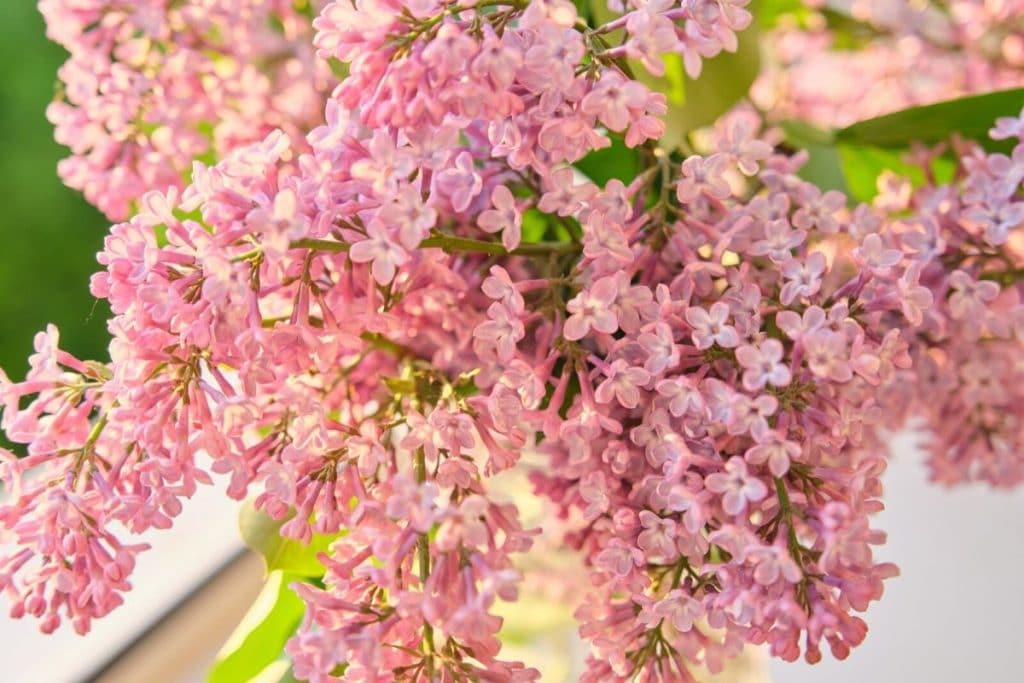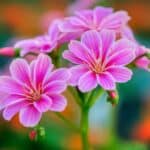Known for its intoxicating fragrance and beautiful appearance, the lilac is a common flower with a powerful hidden meaning.
Although there are more than twenty species of lilac flower around the world, its symbolism holds true regardless of the type.
What Does Lilac Mean?
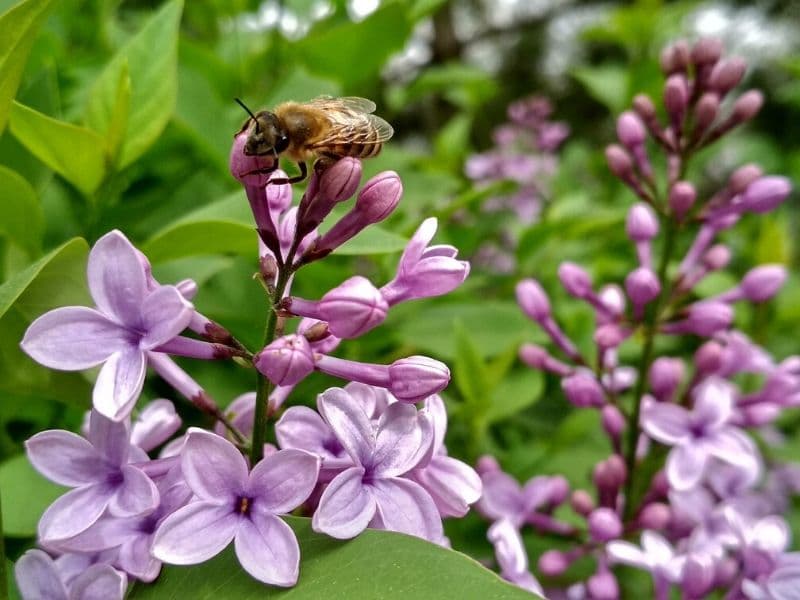
The scientific name for lilac, Syringa vulgaris, is derived from the Greek word, “syrinks,” which translates loosely to the word “pipe.” However, it’s probably not Syringa vulgaris that you normally here these gorgeous flowers referred to as!
The common name, lilac, was derived from the Spanish and French words of the same name. The Arabic word for the flower is also “lilak.” All of these derivations refer to the pale purple color of the flowers.
There are several types of lilac bushes and the lilac tree, also known as the Japanese tree lilac. They hold more or less the same flower meaning.
Now, let’s dig a bit deeper into what this flower means culturally.
What is the Cultural Significance of the Lilac?
The lilac has a deep history that is, as with many flowers, rooted in Greek mythology. The myth goes that Pan, the god of fields and forests, fell hard in love for the nymph Syringa. Syringa was eventually forced to turn herself into a lilac shrub to protect and disguise herself from Pan’s advances.
Although Pan was unable to locate Syringa, he did, of course, find the shrub. He cut the reeds of the shrub and created the first original panpipe from these reeds.
A deeply-rooted part of Mediterranean culture, lilacs are believed to have originated in southeastern Europe. They are often associated with the Easter season, as they bloom during this time.
The Celts believed that the lilac had magical powers due to its overpowering fragrance, while the Victorians thought that giving someone a lilac indicated an old, often bygone love. Widows frequently wore the flowers to commemorate their lost husbands.
Russians believed that holding a lilac blossom over a newborn could help bring the child lasting wisdom, while in the United States, the lilac flower is the official state flower of New Hampshire. Here, it’s often used to symbolize the tough, hardy nature of its people.
The lilac is a flower that has truly stood the test of time through art and poetry. The American poet Walt Whitman frequently references lilacs in his poems, and makes a special testament to the flower in his poem, “When Lilacs Last in the Door-yard Bloom’d,” a poem in which the lilac serves as a symbol of life after death in Abraham Lincoln’s final days.
Both Claude Monet and Vincent Van Gogh were also known for their famous depiction of the lilac in their paintings.
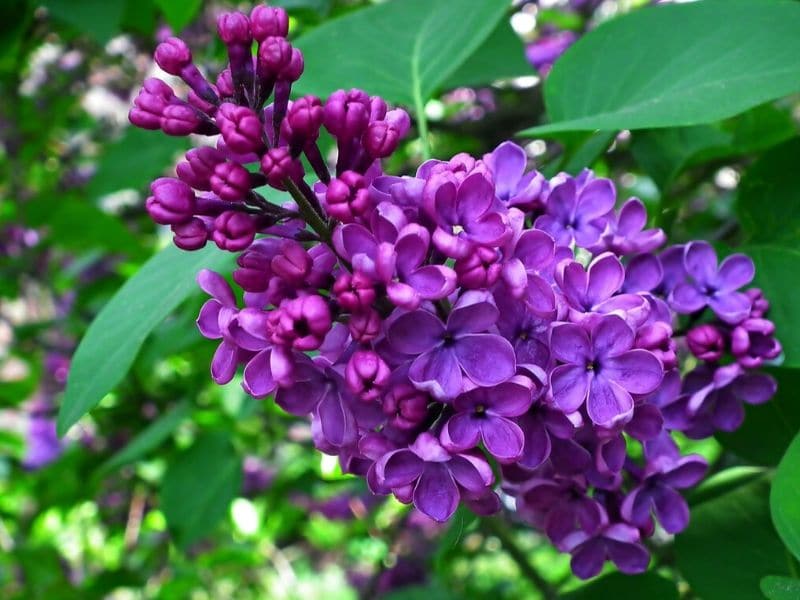
What Does the Lilac Flower Symbolize?
The lilac shrub has one of the earliest bloom times in the spring, so many people view the plant as a symbol of fresh starts, of spring, and of renewal.
The flower can also symbolize confidence, love, and romance. The lilac plant has a heavenly aroma – something you are probably already aware of if you’ve ever walked by lilac bushes or a lilac tree in the spring! – so these gorgeous flowers tend to have positive symbolism only.
They are often used to symbolize spring, but the power and beauty of the lilac meaning carries through into all four seasons.
What Does the Purple Lilac Flower Symbolize?
A pink or light purple lilac, the most common colors, hold the same meanings – pink an purple lilacs symbolize love, tranquility, and peace. On the other hand, magenta lilacs symbolize love.
One that is blue or magenta in color can represent anything from love and passion to tranquility and happiness. Violet-colored lilies usually symbolize spirituality and fresh beginnings.
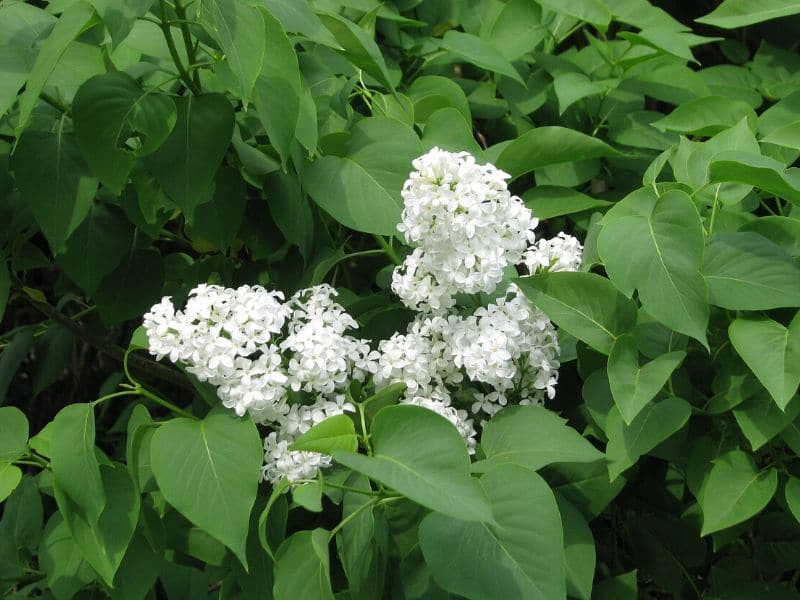
What Does a White Lilac Mean?
A white lilac can be used to symbolize purity, divinity, and innocence. Though white lilacs are not as common as purple lilacs or even a pink lilac bush, the lilac flower meaning here still carries through as it does with the other colors.
What is the Symbolism of a Lilac Flower Tattoo?
Lilac flowers have many meanings when they are chosen as tattoos. The lilac flower meaning in a tattoo is generally meant to symbolize happiness and tranquility.
That said, a single tattoo could easily have more than one meaning! Lilacs almost always symbolize love and romance, but often take on an even deeper meaning than that. This flower can refer to old or lost love, too, and is often chosen by widows or widowers.
When Should You Give Someone a Lilac Flower?
The lilac is the official flower for a couple’s eighth wedding anniversary, so it is a great choice as a flower for this occasion.
Since it has such a short bloom time in the early spring, lilac flowers are often given in a bouquet during this time. The lilac’s sweet, powerful fragrance makes it a wonderful choice for just about any event or commemoration.
See more: What to plant with lilacs
*Photo by Valerii_Honcharuk/depositphotos

